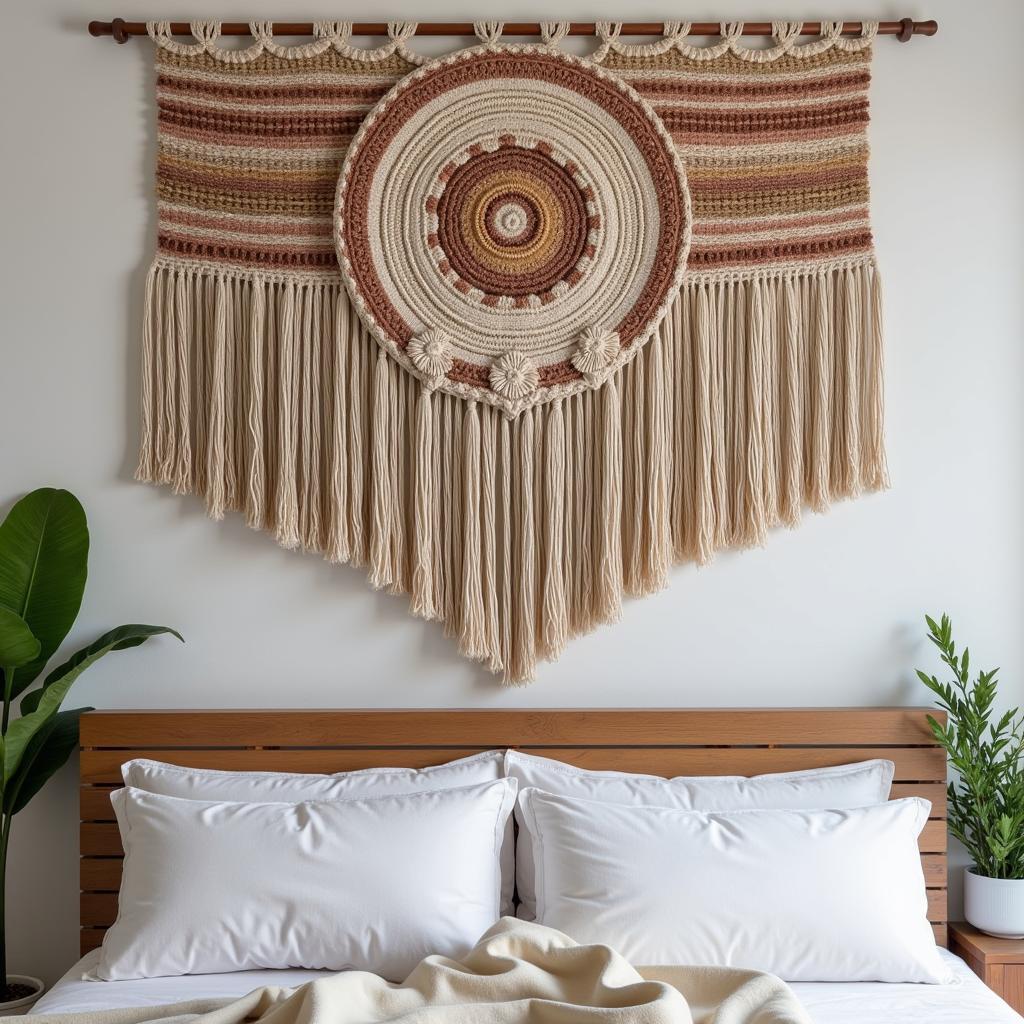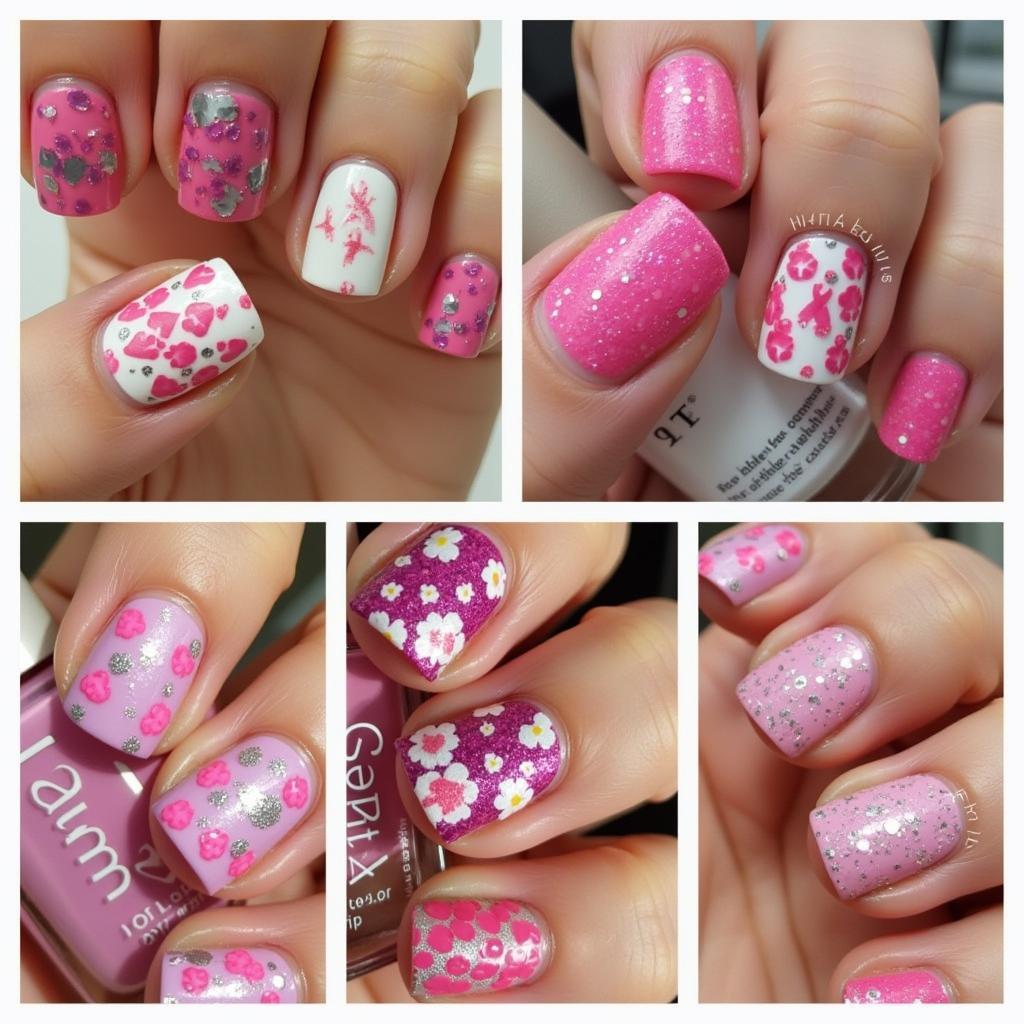Exploring the Allure of Film Noir Art
Film noir, a cinematic genre characterized by its stark lighting, shadowy figures, and morally ambiguous characters, has captivated audiences for decades. But beyond the silver screen, film noir’s distinct aesthetic has transcended into the realm of art, inspiring a unique and captivating style known as Film Noir Art. This article delves into the depths of film noir art, exploring its defining characteristics, renowned artists, and enduring appeal.
The Essence of Shadow and Light: Defining Film Noir Art
Film noir art draws heavily from the visual language of its cinematic counterpart, employing dramatic contrasts of light and shadow to create a sense of mystery, suspense, and psychological depth. Artists working in this style often use a limited color palette, dominated by blacks, whites, and grays, to evoke the gritty realism and moral ambiguity of the film noir world.
One of the defining characteristics of film noir art is its use of chiaroscuro, an Italian term meaning “light-dark.” This technique, popularized during the Renaissance, involves using strong contrasts between light and shadow to create a sense of volume and depth. In film noir art, chiaroscuro is often employed to highlight the contours of a figure’s face, obscuring their features in shadow and creating a sense of intrigue or suspicion. This play between light and shadow serves to heighten the drama and psychological tension inherent in film noir narratives.
Beyond the Silver Screen: Iconic Motifs in Film Noir Art
Beyond its distinctive lighting techniques, film noir art often incorporates visual motifs commonly found in classic film noir movies. These motifs, such as rain-slicked streets, dimly lit alleyways, and urban decay, contribute to the genre’s overall atmosphere of paranoia, alienation, and existential dread.
The urban landscape itself becomes a character in film noir art, often depicted as a labyrinthine and unforgiving environment that reflects the inner turmoil of its inhabitants. Artists may use distorted perspectives, exaggerated angles, and a sense of claustrophobia to convey the feeling of being trapped or lost in a world of shadows and secrets.
Masters of Noir: Influential Artists in Film Noir Art
The influence of film noir on visual art can be seen in the works of numerous artists, both past and present. From early photographers like Weegee, known for his gritty depictions of New York City crime scenes, to contemporary illustrators like Sean Phillips, whose work on comic books like “Criminal” and “The Fade Out” perfectly captures the spirit of film noir, the genre continues to inspire artists across various mediums.
One notable example is the work of American painter and illustrator Robert McGinnis, whose iconic movie posters for films like “Breakfast at Tiffany’s” and “Barbarella” helped to define the visual language of film noir and neo-noir in the 1960s. McGinnis’s paintings often feature beautiful and alluring women, often shrouded in shadow and mystery, embodying the classic “femme fatale” archetype found in many film noir narratives.
A Timeless Allure: The Enduring Appeal of Film Noir Art
The enduring appeal of film noir art lies in its ability to tap into our fascination with the darker aspects of the human psyche. The genre’s exploration of themes like betrayal, greed, and the search for identity continues to resonate with audiences today, just as it did during the Golden Age of Hollywood.
Moreover, the visual language of film noir, with its dramatic lighting, evocative compositions, and timeless style, has become a powerful tool for artists seeking to explore the complexities of human nature and the shadowy corners of the modern world.
Conclusion
Film noir art, with its evocative use of light and shadow, captivating narratives, and exploration of the human condition, continues to fascinate and inspire artists and art enthusiasts alike. Whether through photography, painting, or illustration, the genre’s ability to transport viewers to a world of mystery and intrigue ensures that its legacy will continue to endure for generations to come.
FAQ
1. What makes film noir art different from other art styles?
Film noir art is distinguished by its use of dramatic lighting contrasts, limited color palettes, and recurring motifs like rain-slicked streets and shadowy figures. These elements create a unique atmosphere of mystery, suspense, and psychological depth.
2. What are some common themes explored in film noir art?
Film noir art often delves into themes of crime, corruption, betrayal, and the complexities of human nature. It explores the darker aspects of society and the individual, often leaving viewers with more questions than answers.
3. Who are some of the most influential film noir artists?
Influential film noir artists include photographers like Weegee, painters like Robert McGinnis, and contemporary illustrators like Sean Phillips. Their works have shaped the visual language and enduring legacy of the genre.
4. Where can I find and purchase film noir art?
Film noir art can be found in galleries, online marketplaces, and even auction houses. Limited edition prints, original paintings, and even vintage movie posters offer collectors and enthusiasts various options to own a piece of this captivating genre.
5. Is film noir art still relevant today?
Absolutely! Film noir art’s timeless themes, stylistic choices, and ability to evoke a sense of mystery and intrigue continue to resonate with audiences today. The genre’s enduring appeal ensures its relevance in the ever-evolving art world.
Explore More Artistic Journeys
Interested in delving deeper into the world of art inspired by cinema and popular culture? Discover captivating articles on related topics:
For any inquiries or assistance, our dedicated team is available 24/7 to assist you. Contact us at:
Phone: 02462573573
Email: [email protected]
Or visit us at:
Savico Megamall, 7-9 Đ. Nguyễn Văn Linh, Gia Thụy, Long Biên, Hà Nội 10000, Việt Nam.




